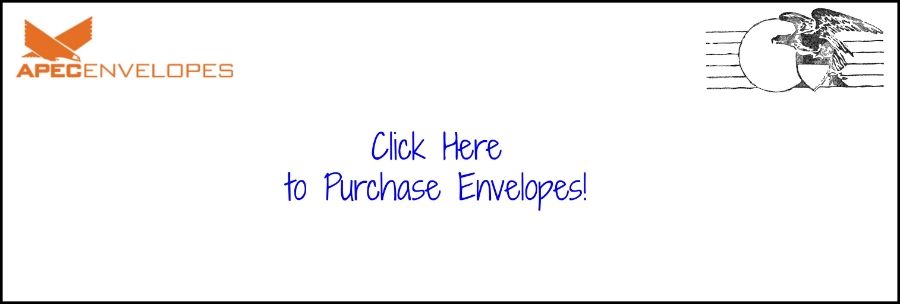Technology
has evolved quickly. And with this evolution, some people wonder about the
practice of using paper – will it disappear? A few decades ago, this question
would have seemed crazy. The word “email” wasn’t in our vocabulary, “tweet” was
a sound that birds make - and the idea of connecting to family and friends
through social media would have seemed impossible. But this has all changed.
With our ability
to market and send messages online, you can’t help but wonder about paper: Will
it face the same fate as records and VHS tapes?
The Marketing Impact
Marketers
have more tools than ever to reach prospects. They have traditional channels,
like direct mail, print, billboards and commercials – plus everything the Internet
has to offer. But with the new options, will companies stop printing marketing materials and direct mail? Probably not.
In fact,
using paper along with other types of media can increase the effectiveness of
marketing campaigns. That’s why, even despite technology advances, businesses
still rely on paper products for over 35 percent of their marketing budgets.
The majority of this is spent on printing direct mail pieces, which 81% of
consumers read daily, according to the Printing Industries of America and the
Direct Marketing Association.
Paper Preferences
Even better
for paper, most Americans still favor reading on it. According to the Manufacturers
Association, 66% of Americans prefer reading
materials on paper. So, even with the evolution of the Internet, social media
and other platforms, the practice of paper is here to stay.
Do you think paper will disappear in the
future?
If so, please share by leaving a comment below.
If so, please share by leaving a comment below.
Also, have you signed up for our blog yet? Simply click here and you’ll receive fresh new ideas, conveniently delivered to your inbox!
Business Envelopes are great for direct mailings!
